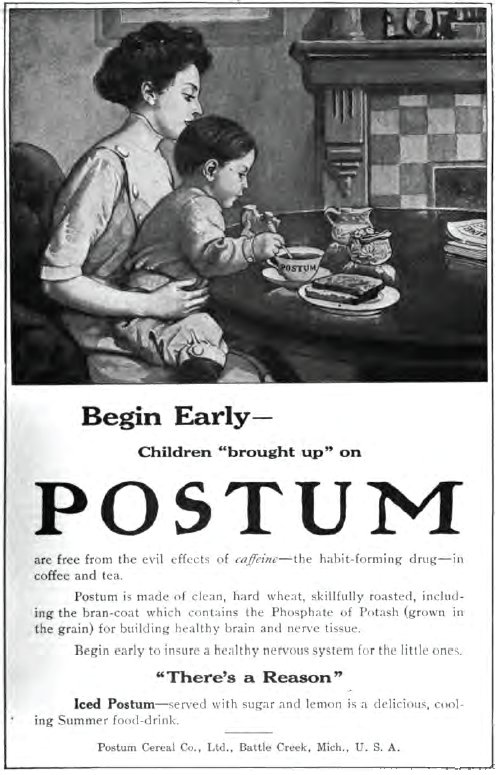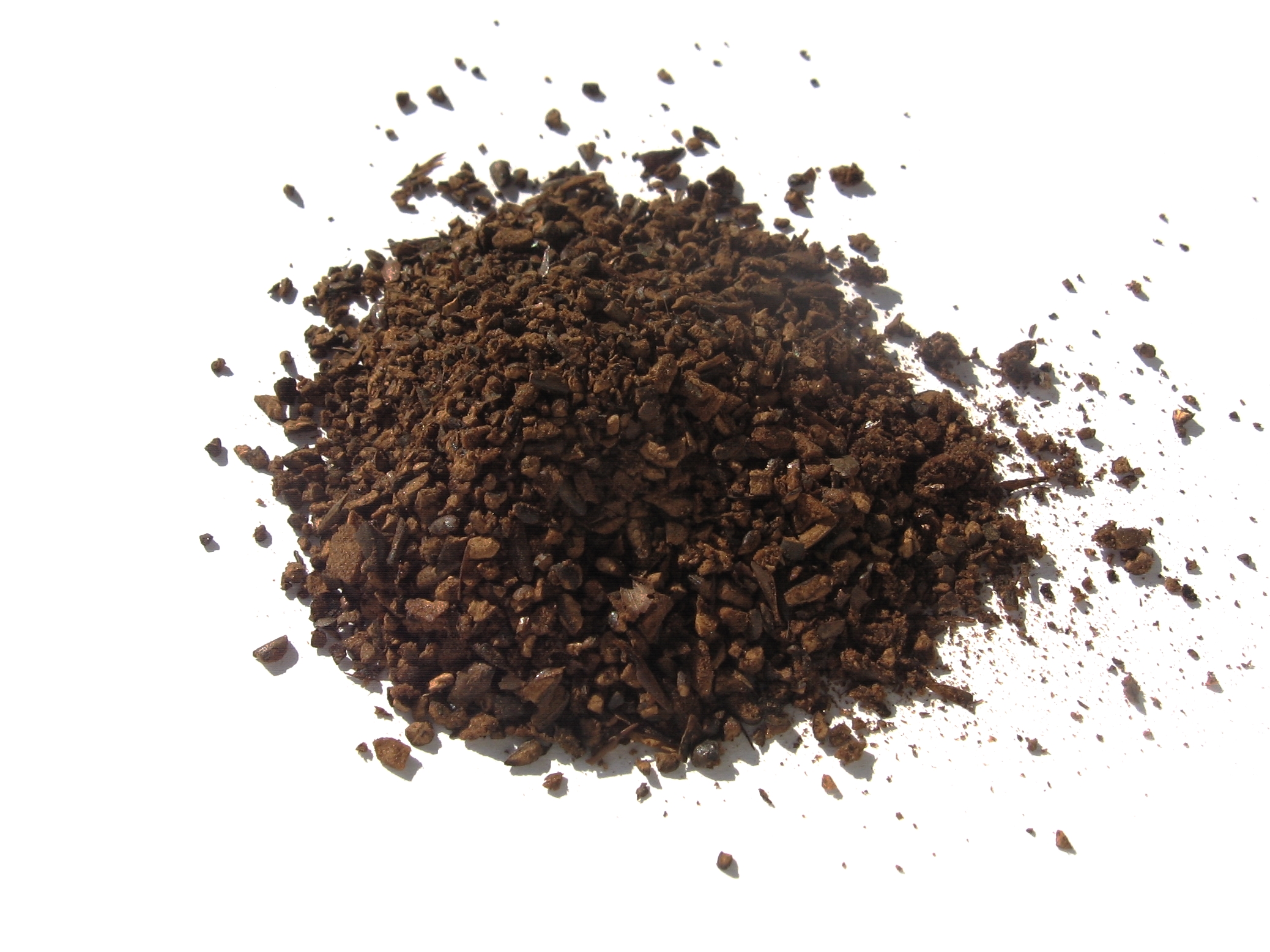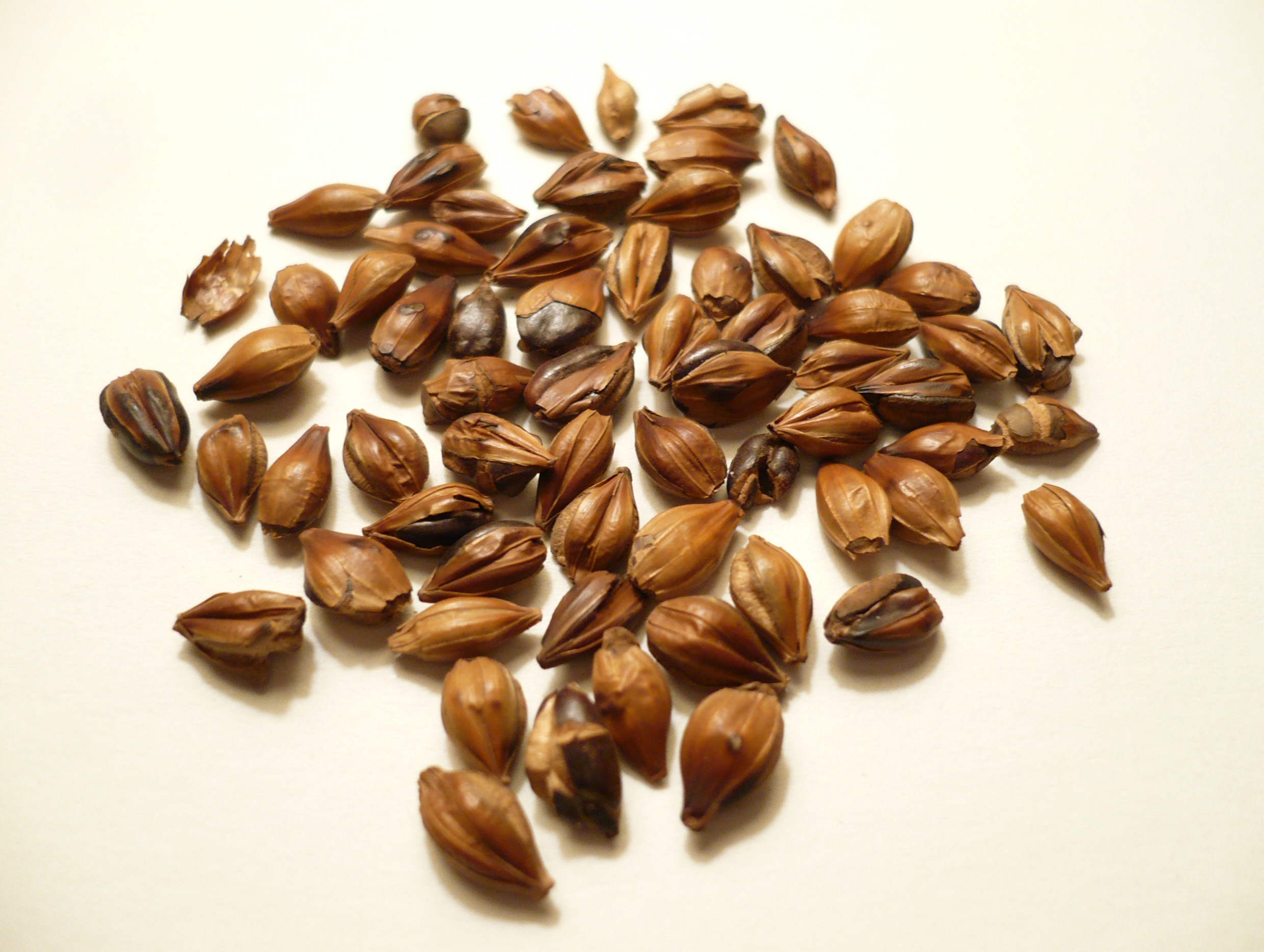|
Barleycup
Barleycup is an instant cereal drink, available in the United Kingdom, Ireland, Norway, Sweden, Denmark, Malta and Hong Kong. Barleycup was manufactured by the British company Ridpath Pek Ltd., until it was acquired in 2004 by the American firm Smithfield Foods Inc. and merged with Norwich Food Company Ltd. to form Smithfield Foods Ltd. UK. In 2013 the Barleycup brand was purchased by “Grana” Sp. z o.o., the company that had earlier been the manufacturer of beverages produced under this brand. The packaging and labels were modified in the same year. A new product was marketed in 2014 – Barleycup with Dandelion. At present, the following brand products are available on the British market: Barleycup powder 100g, Barleycup powder 200g, Barleycup granules 200g, Barleycup Organic 100g, Barleycup with Dandelion 100g. Barleycup's ingredients are roasted barley, rye Rye (''Secale cereale'') is a grass grown extensively as a grain, a cover crop and a forage crop. It is a mem ... [...More Info...] [...Related Items...] OR: [Wikipedia] [Google] [Baidu] |
Inka (drink)
Inka is a Polish roasted grain drink. Developed in the late 1960s Inka has been produced in Skawina since 1971, a centre of coffee production since the early 20th century. Currently it is manufactured by GRANA Sp. Z O.O. While it was used in part as a coffee substitute to alleviate coffee shortages in the 1970s, Inka remains popular, in part because it is caffeine-free. It is exported to Canada and the United States as ''Naturalis Inka'' in packaging reminiscent of that used in Poland in the early 1990s. Inka is a roasted mixture of rye, barley, chicory, and sugar beet. Cereals make up 72% of the content and in the classic version there are no artificial ingredients or other additives. Additional varieties include supplements or flavouring. Inka is sold in the following varieties: * Inka Classic * Inka Pro-Health – fortified with additional magnesium. * Inka Flavoured – three varieties: with Chocolate, Milk (contains sugar), or Caramel * Inka Fibre * Inka Gluten ... [...More Info...] [...Related Items...] OR: [Wikipedia] [Google] [Baidu] |
Postum
Postum () is a powdered roasted grain beverage popular as a coffee substitute. The caffeine-free beverage was created by Post Cereal Company founder C. W. Post in 1895 and marketed as a healthier alternative to coffee. Post was a student of John Harvey Kellogg, who believed that caffeine was unhealthy. Post Cereal Company eventually acquired General Foods, then merged to Kraft Foods Inc. in 1990. Eliza's Quest Foods now owns the trademark rights and secret recipe of Postum. The "instant" drink mix version was developed in 1912, replacing the original brewed beverage. Postum is made from roasted wheat bran and molasses. In addition to the original flavor, coffee-flavored and cocoa-flavored versions have been introduced. History Postum quickly became popular, making Post wealthy. The aggressive advertising, with the slogan "There's a Reason", warned against the alleged dangers of coffee and caffeine, and promoted the benefits of Postum. When imitations appeared, the company int ... [...More Info...] [...Related Items...] OR: [Wikipedia] [Google] [Baidu] |
Caro (drink)
Caro is a brand of roasted grain drink, a caffeine-free coffee substitute made of roasted barley, malted barley, chicory, and rye. It is manufactured by Nestlé and was first introduced in West Germany in 1954. It is available throughout Europe as well as other markets including New Zealand and Australia. It is imported to the United States under the name Pero and sold in Spain as Eko. Caro is available as an instant powder or as Caro Extra in granulated form. The name "Caro" references the German word "Karo", the term for the diamonds playing card suit, as seen in stylized form in the product logos used in Germany and the United States, and in the Spanish product until the early 2000 when the branding was restyled. History The company's history goes back to the time of Frederick II, who imposed high taxes on coffee beans. The company's founder, Johann Heinrich Franck, found a coffee alternative in chicory, which was mixed with grain and roasted. In 1828 production started ... [...More Info...] [...Related Items...] OR: [Wikipedia] [Google] [Baidu] |
Caffè D'orzo
''Caffè d'orzo'' (, Italian for "coffee of barley", often shortened to simply orzo) or barley coffee is a type of hot drink, originating in Italy. Orzo is a caffeine-free roasted grain beverage made from ground barley (''orzo'' in Italian, from Latin ''hordeum''). It is an espresso-style drink, and when prepared from the roasted barley directly, it can easily be made in typical espresso machines and coffeemakers. In Italy it is widely available in coffee vending machines. Although traditionally considered a coffee substitute for children, it is an increasingly common choice in Italy and other places for those who choose to eschew caffeine for health reasons. In Italy caffè d'orzo is made in traditional Italian espresso machines in cafes. Italian families tend, instead, to make it using an orziera, a special moka pot adapted to barley. During World War II and in post-war times, caffè d'orzo and chicory became the most popular drinks in Europe. They were both used as substit ... [...More Info...] [...Related Items...] OR: [Wikipedia] [Google] [Baidu] |
Roasted Grain Drink
A cereal coffee (also known as grain coffee, roasted grain drink or roasted grain beverage) is a hot drink made from one or more cereal grains roasted and commercially processed into crystal or powder form to be reconstituted later in hot water. The product is often marketed as a caffeine-free alternative to coffee and tea, or in other cases where those drinks are scarce or expensive. Several well-known cereal coffee brands are Nestlé Caro, Postum, and Inka. Other brands can be found at health food stores and at some grocery stores. Some common ingredients include toasted barley, malted barley, rye, chicory, molasses, and beet root. Use Asia Cereal coffee is popular in East Asian cuisines—Korea,Alex Jung"20 delicious Korean drinks" CNN.com, October 13, 2011. Japan, and China each having one or more versions (usually roasted grains simply steeped in hot water). * Barley tea (''bori-cha'', ''dàmài-chá'', ''mugi-cha'') * Rice tea ** Brown rice tea (''hyeonmi-cha'', ' ... [...More Info...] [...Related Items...] OR: [Wikipedia] [Google] [Baidu] |
Sugar Beet
A sugar beet is a plant whose root contains a high concentration of sucrose and which is grown commercially for sugar production. In plant breeding, it is known as the Altissima cultivar group of the common beet ('' Beta vulgaris''). Together with other beet cultivars, such as beetroot and chard, it belongs to the subspecies ''Beta vulgaris'' subsp. ''vulgaris.'' Its closest wild relative is the sea beet (''Beta vulgaris'' subsp. ''maritima''). Sugar beets are grown in climates that are too cold for sugar cane. The low sugar content of the beets makes growing them a marginal proposition unless prices are relatively high. In 2020, Russia, the United States, Germany, France and Turkey were the world's five largest sugar beet producers. In 2010–2011, Europe, and North America except Arctic territories failed to supply the overall domestic demand for sugar and were all net importers of sugar. The US harvested of sugar beets in 2008. In 2009, sugar beets accounted for 20% of ... [...More Info...] [...Related Items...] OR: [Wikipedia] [Google] [Baidu] |
British Brands
British may refer to: Peoples, culture, and language * British people, nationals or natives of the United Kingdom, British Overseas Territories, and Crown Dependencies. ** Britishness, the British identity and common culture * British English, the English language as spoken and written in the United Kingdom or, more broadly, throughout the British Isles * Celtic Britons, an ancient ethno-linguistic group * Brittonic languages, a branch of the Insular Celtic language family (formerly called British) ** Common Brittonic, an ancient language Other uses *'' Brit(ish)'', a 2018 memoir by Afua Hirsch *People or things associated with: ** Great Britain, an island ** United Kingdom, a sovereign state ** Kingdom of Great Britain (1707–1800) ** United Kingdom of Great Britain and Ireland (1801–1922) See also * Terminology of the British Isles * Alternative names for the British * English (other) * Britannic (other) * British Isles * Brit (other) * Br ... [...More Info...] [...Related Items...] OR: [Wikipedia] [Google] [Baidu] |
Drink Brands
A drink or beverage is a liquid intended for human consumption. In addition to their basic function of satisfying thirst, drinks play important roles in human culture. Common types of drinks include plain drinking water, milk, juice, smoothies and soft drinks. Traditionally warm beverages include coffee, tea, and hot chocolate. Caffeinated drinks that contain the stimulant caffeine have a long history. In addition, alcoholic drinks such as wine, beer, and liquor, which contain the drug ethanol, have been part of human culture for more than 8,000 years. Non-alcoholic drinks often signify drinks that would normally contain alcohol, such as beer, wine and cocktails, but are made with a sufficiently low concentration of alcohol by volume. The category includes drinks that have undergone an alcohol removal process such as non-alcoholic beers and de-alcoholized wines. Biology When the human body becomes dehydrated, a person experiences thirst. This craving of fluids results in ... [...More Info...] [...Related Items...] OR: [Wikipedia] [Google] [Baidu] |
Roasted Barley Tea
Barley tea is a roasted-grain-based infusion made from barley. It is a staple across many East Asian countries such as China, Japan, Korea and Taiwan. It has a toasty, bitter flavor. In Korea, the tea is consumed either hot or cold, often taking the place of drinking water in many homes and restaurants. In Japan, it is usually served cold and is a popular summertime refreshment. The tea is also widely available in tea bags or bottled in Korea and Japan. Etymology In China, barley tea is called ''dàmài-chá'' (; ) or ''mài-chá'' (; ), in which ''dàmài'' (; ) or ''mài'' (; ) means "barley" and ''chá'' () means "tea". In Japan, barley tea is called ''mugi-cha'' (), which shares the same Chinese characters as Chinese ''mài-chá'' (; ), or ''mugi-yu'' (; ), in which ''yu'' (; ) also means "hot water". In Korea, barley tea is called ''bori-cha'' (), in which the native Korean ''bori'' () means "barley" and Sino-Korean ''cha'' (; ) shares the same Chinese character ... [...More Info...] [...Related Items...] OR: [Wikipedia] [Google] [Baidu] |
List Of Barley-based Beverages
A ''list'' is any set of items in a row. List or lists may also refer to: People * List (surname) Organizations * List College, an undergraduate division of the Jewish Theological Seminary of America * SC Germania List, German rugby union club Other uses * Angle of list, the leaning to either port or starboard of a ship * List (information), an ordered collection of pieces of information ** List (abstract data type), a method to organize data in computer science * List on Sylt, previously called List, the northernmost village in Germany, on the island of Sylt * ''List'', an alternative term for ''roll'' in flight dynamics * To ''list'' a building, etc., in the UK it means to designate it a listed building that may not be altered without permission * Lists (jousting), the barriers used to designate the tournament area where medieval knights jousted * ''The Book of Lists'', an American series of books with unusual lists See also * The List (other) * Listing ... [...More Info...] [...Related Items...] OR: [Wikipedia] [Google] [Baidu] |
Dandelion Root
''Taraxacum'' () is a large genus of flowering plants in the family Asteraceae, which consists of species commonly known as dandelions. The scientific and hobby study of the genus is known as taraxacology. The genus is native to Eurasia and North America, but the two most commonplace species worldwide, ''Taraxacum officinale, T. officinale'' (the common dandelion) and ''Taraxacum erythrospermum, T. erythrospermum'' (the red-seeded dandelion), were introduced from Europe into North America, where they now propagate as wildflowers. Both species are List of leaf vegetables, edible in their entirety. The common name ''dandelion'' ( , from French language, French , meaning 'lion's tooth') is also given to specific members of the genus. Like other members of the family Asteraceae, they have very small flowers collected together into a composite Head (botany), flower head. Each single flower in a head is called a ''floret''. In part due to their abundance, along with being a ... [...More Info...] [...Related Items...] OR: [Wikipedia] [Google] [Baidu] |







